Home>Garden Essentials>What Legume Actually Buries Its Seeds?
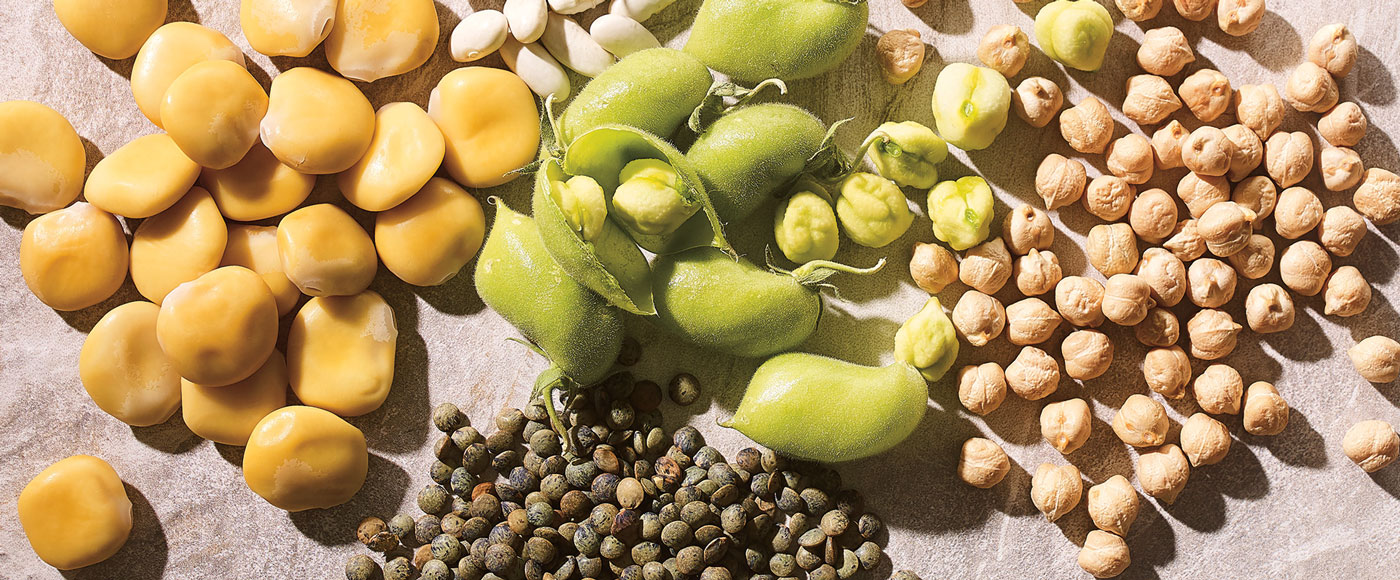

Garden Essentials
What Legume Actually Buries Its Seeds?
Modified: March 15, 2024
Discover a unique legume that sets itself apart in the garden by actually burying its seeds. Learn more about this fascinating plant and its seed-burying technique.
(Many of the links in this article redirect to a specific reviewed product. Your purchase of these products through affiliate links helps to generate commission for Storables.com, at no extra cost. Learn more)
Introduction
Welcome to the fascinating world of gardening! Whether you are an experienced enthusiast or a beginner looking to explore the wonders of nature, understanding the intricacies of plants and their unique features is key to cultivating a beautiful and thriving garden.
In this article, we will delve into the intriguing world of a particular legume that possesses a distinctive characteristic — the ability to bury its seeds. This exceptional behavior sets it apart from other plants and offers a fascinating insight into the evolution and survival strategies of the botanical world.
As we embark on this journey, prepare to dive deep into the intricacies of this unique legume and discover the mechanisms behind its remarkable adaptation. Join us as we explore the anatomy of the seed-burying legume, the role of seed burial in plant reproduction, and the fascinating ecological implications it holds.
So, grab your gardening tools, put on your gloves, and let’s dig deeper into the world of the legume that defies convention by burying its seeds!
Key Takeaways:
- Some legumes, like the soybean plant, have a cool trick – they bury their seeds underground instead of just dropping them on the surface. This helps protect the seeds and gives them a better chance to grow into new plants.
- Rain, animals, and even the shape of the seeds all play a part in burying the seeds. This helps the legumes survive and spread to new areas, making our natural world more diverse and beautiful.
Read more: Why Are Legumes Important In Crop Rotation
The Unique Legume That Buries Its Seeds
Among the vast array of plants found in nature, there is a legume that has developed a truly unique adaptation – the ability to bury its seeds. This exceptional behavior is observed in a few species, most notably the legume Glycine max, also known as the soybean plant.
The soybean plant has evolved a remarkable strategy to ensure the survival and successful germination of its seeds. Instead of simply dispersing its seeds on the ground like many other plants, the soybean plant goes a step further by burying them beneath the soil. This fascinating behavior allows the plant to protect its seeds from various external threats and create an optimal environment for germination.
The process begins when the soybean plant reaches maturity and its pods, containing the seeds, ripen. The pods darken and become brittle, indicating that they are ready for seed dispersal. As the pods dry out, they eventually split open, releasing the seeds inside.
What sets the soybean plant apart from other legumes is its unique ability to bury its seeds rather than relying solely on dispersal mechanisms such as wind or water. The plant achieves this by relying on external factors, such as rainfall or the movement of animals, to bury the seeds beneath the soil. This burying behavior plays a crucial role in protecting the seeds from predators, extreme temperatures, and other unfavorable conditions on the soil surface.
By burying its seeds, the soybean plant ensures that they are safely nestled in the soil, shielded from harsh environmental conditions. This burying behavior also provides a stable and consistent temperature, moisture, and nutrient supply, creating an ideal microenvironment for seed germination and early seedling growth.
It is important to note that while the soybean plant is one of the most well-known legumes that bury its seeds, it is not the only one. Other legumes, such as Arachis hypogaea (peanut) and Vigna radiata (mung bean), also display similar seed-burying behavior, albeit with some variations in their respective mechanisms.
Anatomy of the Seed-Burying Legume
To better understand the seed-burying behavior exhibited by certain legumes, it is important to explore the anatomy and unique features of these plants. The structure of legumes, particularly their seeds and pods, plays a crucial role in the successful burial and subsequent germination of the seeds.
Legume seeds, including those of the soybean plant, are typically enclosed within a pod. The pod serves as a protective covering for the seeds and provides them with essential nutrients and moisture during their development. In the case of seed-burying legumes, the pod also plays a pivotal role in facilitating seed burial.
The pods of seed-burying legumes often have a specialized mechanism that aids in the burying process. In some species, such as the soybean plant, the pods have a hinge-like structure that allows them to open up and release the seeds. This opening mechanism is triggered by external forces, such as rainfall or physical disturbance caused by animals or the movement of the plant itself.
Once the pod splits open, the seeds are exposed and ready for burial. At this stage, various factors come into play in determining the depth and location of seed burial. External forces, such as raindrops hitting the ground or the movements of animals, help propel the seeds into the soil. The shape and size of the seeds also influence their burial depth, as larger and heavier seeds may sink deeper into the soil compared to smaller seeds.
Within the soil, the seeds of seed-burying legumes have specialized structures that aid in their successful germination and emergence. The seeds typically have a protective seed coat that shields them from external elements and regulates water absorption. They also contain stored nutrients that provide nourishment to the developing seedling until it can establish a source of nutrients through its root system.
Furthermore, the seedlings of seed-burying legumes often possess specific adaptations that enable them to grow and emerge from the soil successfully. For instance, they may have cotyledons, which are embryonic leaves that provide initial food reserves and energy for seedling development. The development of a robust root system is also crucial for seedlings to anchor themselves and access essential nutrients and water from the soil.
In summary, the anatomy of seed-burying legumes, including their pods, seeds, and seedlings, showcases a remarkable combination of adaptations that enable successful seed burial, protection, and subsequent germination. These specialized structures and mechanisms highlight the evolutionary strategies that these legumes have developed to ensure the survival and propagation of their species.
The Role of Seed Burial in Plant Reproduction
The burying of seeds by certain legumes serves a crucial role in their reproductive strategy. This unique adaptation offers several advantages that contribute to the survival and successful reproduction of these plants.
One of the primary benefits of seed burial is protection. By burying their seeds, these legumes provide a shield against various external threats, including seed predators and harsh environmental conditions. The soil acts as a physical barrier that deters seed-eating animals and insects from accessing the seeds, increasing their chances of survival.
Furthermore, burying the seeds protects them from extreme temperatures, drought, and exposure to sunlight, which can be detrimental to seed viability. The stable and insulated environment provided by the soil helps maintain optimal conditions for seed germination, ensuring the seeds have a better chance of successfully sprouting.
In addition to protection, seed burial also aids in seed dispersal and colonization of new habitats. By burying their seeds, these legumes increase the chances of seed survival and establishment in diverse environments. The buried seeds are less likely to be washed away by heavy rainfall or carried away by wind, allowing for more localized seed dispersal.
The burying behavior also enables seed burial at different depths within the soil. This variation in burial depth can be advantageous in heterogeneous environments, as it increases the likelihood of seeds encountering favorable conditions for germination. Some seeds may be buried deeper, where moisture levels are more stable, while others may be buried closer to the soil surface, where they can receive sufficient sunlight for germination.
Moreover, seed burial promotes successful seedling emergence. By burying the seeds, these legumes provide a favorable environment for the germinating seeds. The soil provides physical support to the emerging seedlings, aiding in their growth and helping them penetrate the surface with minimal resistance. This allows seedlings to establish themselves more efficiently and increases their chances of surviving and maturing into mature plants.
Overall, the role of seed burial in plant reproduction for certain legumes is multifaceted. It serves as a protective mechanism, minimizes seed loss due to predation and environmental factors, ensures localized seed dispersal, and promotes successful seedling emergence. Through the burying of their seeds, these legumes have evolved an effective strategy to enhance their reproductive success and ensure the continuity of their populations in diverse and challenging environments.
Mechanisms Behind Seed Burial
The process of seed burial in certain legumes is a fascinating phenomenon that involves several mechanisms and interactions with the environment. These mechanisms play a crucial role in ensuring the successful burying of seeds and providing them with optimal conditions for germination. Let’s explore some of the key mechanisms behind seed burial.
1. Hydraulic Mechanism: Rainfall is an essential factor that initiates seed burial in some legumes. When raindrops hit the ground, they create small depressions or indentations in the soil. These small indentations can act as traps, collecting seeds that have fallen from the plants. As more raindrops accumulate, the depressions deepen, burying the seeds beneath the surface.
2. Animal Interaction: The movement of animals, such as rodents or larger mammals, can also contribute to seed burial. Animals may inadvertently bury seeds while foraging or digging holes, creating an opportunity for the legume seeds to be safely nestled in the soil. Some legumes have even formed symbiotic relationships with animals, like ants, that actively collect and bury their seeds as part of their foraging behavior.
3. Self-Burying Mechanism: Some legumes have evolved specific mechanisms within their pods to facilitate self-burying. For example, the pods of certain legumes have a hinge-like structure that, when triggered by external forces such as wind or rain, opens up and releases the seeds onto the soil surface. The pods may also have appendages or hooks that aid in seed burial by attaching themselves to surrounding vegetation or the soil.
4. Water Dispersal: In some cases, seeds of seed-burying legumes are transported and buried by flowing water. This mechanism is particularly effective in riparian or flood-prone areas. Seeds that fall close to riverbanks or other water bodies can be carried away by the current and deposited in favorable locations, where they are buried by sediment during periods of water receding.
5. Topographic Factors: The topography of the landscape can also influence seed burial. Seeds may naturally accumulate in depressions or gullies, where they are more likely to be covered by sediment or debris, aiding in their burial. Additionally, the shape and structure of the seeds themselves can play a role in their burial, with heavier seeds sinking deeper into the soil compared to lighter ones.
It’s important to note that these mechanisms are not mutually exclusive and can often work in tandem to facilitate seed burial. The exact mechanism behind seed burial can vary depending on the species of legume and the specific environmental conditions in which they thrive.
By employing these diverse mechanisms, legumes that bury their seeds have evolved strategies to ensure their offspring’s survival and successful germination. The burying of seeds provides protection from various threats, creates favorable conditions for germination, and enhances the chances of successful establishment and growth.
The legume that is unique in burying its seeds is the peanut. After the flower is pollinated, the peanut’s stem elongates and bends down to bury the developing seeds in the ground.
Read more: What Fruit Has Its Seeds On The Outside
Environmental Factors Affecting Seed Burial
The process of seed burial in legumes is influenced by a variety of environmental factors. These factors can significantly impact the success and effectiveness of the seed burial process, ultimately shaping the survival and reproductive strategies of these plants. Let’s explore some of the key environmental factors that affect seed burial.
1. Rainfall Patterns: Rainfall plays a crucial role in initiating seed burial for some legumes. The frequency, intensity, and duration of rainfall events determine the force with which raindrops hit the ground. Heavy rainfall events can create greater soil disturbances, leading to deeper seed burial. Conversely, prolonged dry spells can inhibit seed burial as the soil becomes hard and less prone to forming depressions or indentations.
2. Soil Composition: The characteristics of the soil, such as its texture, moisture retention capacity, and compaction, can impact seed burial. Soft, loose soils are more likely to form depressions or craters upon impact, which facilitate seed burial. On the other hand, compacted or rocky soils may hinder the burying process, making it more challenging for seeds to be covered by the soil.
3. Animal Activity: The presence and behavior of animals can greatly influence seed burial. Animals such as rodents, squirrels, or birds may inadvertently bury seeds while digging or foraging. Furthermore, species that have a symbiotic relationship with legumes, such as ants, can actively collect and bury their seeds, aiding in the seed burial process.
4. Wind Patterns: Wind can also contribute to seed burial, especially for legumes with specialized seed dispersal mechanisms. Seeds with structures like wings or appendages can be carried by the wind and deposited in different locations, potentially leading to seed burial. Wind patterns and intensity play a role in determining the distance and depth to which seeds may be buried.
5. Topography: The geographical features of a landscape can impact seed burial. Seeds may accumulate in low-lying areas or gullies, where they are more likely to be buried by sediment or debris. Steeper slopes may cause seeds to roll or cascade downhill, affecting their burial depth and location.
6. Biological Interactions: The presence of other plant species, such as ground cover or vegetation, can influence seed burial. Vegetation can intercept falling seeds, altering their trajectory and potentially leading to burial. In addition, competitive interactions between different plant species may affect seed burial patterns as some species may inhibit or facilitate seed burial for others.
Understanding these environmental factors is essential for gardeners and conservationists alike. By considering the specific conditions and requirements of legumes with seed-burying habits, we can create suitable habitats and promote their successful reproduction and survival. Additionally, recognizing the environmental factors contributing to seed burial can provide valuable insights into the ecological role of legumes in various ecosystems.
Ecological Implications of Seed Burial
The seed burial behavior exhibited by certain legumes has significant ecological implications, impacting various aspects of ecosystem dynamics and plant interactions. This unique adaptation plays a crucial role in the survival, distribution, and diversity of these legumes and contributes to the overall functioning of ecosystems. Let’s explore some of the key ecological implications of seed burial.
1. Seed Dispersal: Seed burial enhances localized seed dispersal, promoting the establishment of legume populations in specific areas. By burying their seeds, legumes reduce the distance that seeds need to travel for successful germination and growth. This can result in the formation of seed banks, where viable seeds accumulate in the soil, ready to sprout when conditions are suitable. Localized seed dispersal can contribute to the spatial distribution and genetic diversity of legumes within an ecosystem.
2. Plant Succession and Colonization: Seed burial can play a vital role in plant succession, particularly in disturbed or degraded areas. Legumes that bury their seeds have an advantage in colonizing vacant spaces and facilitating early successional stages. The buried seeds germinate and establish themselves more efficiently, helping stabilize the soil, enrich nutrient content, and create favorable conditions for the growth of other plant species.
3. Species Interactions: Seed burial can influence species interactions and relationships within ecosystems. By burying their seeds, legumes effectively reduce seed availability to seed predators, such as birds or small mammals. This can affect the foraging patterns and population dynamics of these seed predators, potentially leading to cascading effects on other plant and animal species that rely on them.
4. Nutrient Cycling: Legumes that bury their seeds contribute to nutrient cycling within ecosystems. As the buried seeds germinate and grow into mature plants, they engage in symbiotic relationships with nitrogen-fixing bacteria, enriching the soil with nitrogen. This nutrient enrichment can have cascading effects, benefiting other plant species in the vicinity and supporting a more diverse and productive ecosystem.
5. Conservation of Biodiversity: Understanding the ecological implications of seed burial can help in the conservation and management of legume species. By recognizing the importance of seed burial for the survival and persistence of these species, conservation efforts can focus on creating and maintaining suitable habitats. Protecting areas with suitable conditions for seed burial ensures the long-term viability of legume populations and contributes to overall biodiversity conservation.
6. Ecosystem Resilience and Restoration: The burying of seeds by legumes can aid in ecosystem resilience and restoration, particularly in degraded or disturbed areas. By playing a role in soil stabilization, nutrient enrichment, and plant colonization, these legumes contribute to the recovery and regeneration of ecosystems, helping restore ecological balance and functionality.
The ecological implications of seed burial extend beyond the immediate benefits to the legumes themselves. They have far-reaching effects on ecosystem structure, function, and interactions, highlighting the importance of understanding and conserving these fascinating plant behaviors. By appreciating the ecological significance of seed burial, we can better appreciate the complexity and interconnectedness of the natural world and work towards sustainable management and conservation of our ecosystems.
Seed Dispersal and Germination Strategies
Seed dispersal and germination are fundamental processes that allow plants to colonize new areas, ensuring their survival and contributing to the diversity of ecosystems. Legumes that bury their seeds have developed unique strategies for both seed dispersal and germination, allowing them to thrive in various environments. Let’s explore these strategies in more detail.
Seed Dispersal: Legumes with seed-burying habits employ different mechanisms for dispersing their seeds and increasing their chances of successful germination.
1. Rainwater Dispersal: Some legumes rely on rainfall to disperse their seeds. Raindrops hit the ground, creating small depressions or indentations in which the seeds collect. As rain accumulates, these depressions deepen, eventually burying the seeds beneath the soil.
2. Animal Interaction: Animal behavior can also contribute to seed dispersal. Legumes may have evolved mutualistic relationships with animals that actively bury their seeds. Ants, for example, collect legume seeds and bury them in underground chambers as part of their foraging behavior, benefiting both the ant and the legume in the process.
3. Self-Burying Mechanism: Some legumes have unique adaptations within their pods to facilitate self-burying. Pods may contain appendages or hooks that attach to vegetation or the soil, ensuring that the seeds are buried when the pod opens and releases them onto the ground.
4. Water Dispersal: Seeds of seed-burying legumes can be dispersed by flowing water. Seeds that fall near water bodies such as rivers or streams can be carried away by the current and deposited in new locations, where they have the potential to be buried during periods of receding water.
Germination Strategies: Once buried, legume seeds employ different strategies to ensure successful germination.
1. Optimal Moisture and Temperature: Seed burial provides a more stable and favorable environment for germination. The soil offers protection from extreme temperatures and helps retain moisture, creating optimal conditions for seed imbibition and germination.
2. Cotyledon Utilization: Legume seeds often have cotyledons, which are embryonic leaves that provide initial food reserves and energy for seedling development. These cotyledons play a crucial role in sustaining the seedlings until they can establish a root system and obtain nutrients from the soil.
3. Symbiotic Relationships: Many legumes form symbiotic associations with nitrogen-fixing bacteria known as rhizobia. These bacteria colonize the roots of legumes and convert atmospheric nitrogen into a form that the plant can utilize, providing a nutrient source for the growing seedling.
4. Root System Development: Once germinated, legume seedlings prioritize the development of a strong root system. This allows them to anchor themselves in the soil and access water and nutrients essential for their growth and survival.
The seed dispersal and germination strategies employed by legumes that bury their seeds showcase the remarkable adaptability and resilience of these plants. By dispersing their seeds to optimal locations and ensuring successful germination, legumes maximize their chances of survival, colonization, and contribution to the diversity of ecosystems.
Conservation and Management of the Seed-Burying Legume
Given the unique characteristics and ecological significance of seed-burying legumes, it is crucial to consider their conservation and management in order to preserve their populations and the benefits they bring to ecosystems. Here are some strategies for the conservation and management of these remarkable plants.
Habitat Protection: Identifying and protecting the habitats where seed-burying legumes thrive is essential for their conservation. This involves preserving areas that provide suitable conditions for seed burial and subsequent germination. Conservation efforts should focus on safeguarding the soil quality, hydrological balance, and overall ecological integrity of these habitats.
Seed Bank Collection and Storage: Establishing seed banks or seed conservation programs specifically targeting seed-burying legumes can be vital for their long-term preservation. Collecting seeds from wild populations and storing them under suitable conditions ensures the availability of genetic diversity and allows for future reintroduction efforts or restoration projects.
Restoration and Reintroduction: When seed-burying legume populations are threatened or have declined, restoration efforts can be implemented to restore their numbers and ecological functions. This can involve reintroducing seeds or transplants from seed banks into suitable habitats, enhancing habitat quality, and actively managing the surrounding ecosystem to support seed burial and successful germination.
Conservation Partnerships: Collaborating with various stakeholders, including researchers, land managers, conservation organizations, and local communities, is crucial for effective conservation and management of seed-burying legumes. These partnerships can enable the sharing of knowledge, resources, and expertise, leading to more holistic and sustainable conservation approaches.
Monitoring and Research: Regular monitoring of seed-burying legume populations can provide valuable insights into their distribution, abundance, and trends over time. This information can help identify key threats, assess the success of conservation efforts, and guide future management strategies. Ongoing research into the ecological roles, reproductive biology, and specific requirements of these legumes can also contribute to their effective conservation and management.
Education and Awareness: Raising public awareness about the importance of seed-burying legumes and their conservation can foster support and engagement from the community. Promoting the ecological value of these legumes and their role in ecosystem functioning can lead to increased understanding and appreciation, ultimately enhancing their conservation efforts.
Conserving and managing seed-burying legumes is not just about preserving individual species; it is about protecting the unique ecological functions and interactions they contribute to ecosystems. By prioritizing their conservation and management, we can ensure the continued benefits they provide, such as seed dispersal, soil stabilization, and nutrient cycling, and contribute to the overall health and resilience of our natural landscapes.
Read more: Why Are Legumes Used In Crop Rotation Yahoo
Conclusion
The seed-burying legume is a remarkable and unique marvel of the botanical world. Through its ability to bury its seeds, it has evolved a strategy that offers numerous advantages for its survival and reproductive success. By investigating the anatomy, seed burial mechanisms, and ecological implications of seed burial, we have gained insights into the extraordinary adaptations and interactions that shape the life of these plants.
The burying of seeds by these legumes not only ensures protection from predators and harsh environmental conditions but also enhances seed dispersal, colonization of new habitats, and establishment of diverse plant communities. Their ability to create microenvironments that promote successful germination and seedling emergence contributes to ecosystem resilience and restoration.
Environmental factors such as rainfall patterns, soil composition, animal interaction, wind patterns, and topography influence the seed burial process. By understanding these factors, we can better appreciate the complex dynamics that drive the dispersal and burial of seeds, as well as the subsequent germination and growth of these legume species.
The conservation and management of seed-burying legumes are pivotal for their long-term viability and ecological contributions. Through habitat protection, seed bank collection, restoration efforts, conservation partnerships, and ongoing research, we can ensure the preservation of these remarkable plants and the benefits they provide to ecosystems.
By delving into the world of seed-burying legumes, we have gained a deeper appreciation for the intricate strategies and adaptations that shape the plants’ survival and reproductive success. Their unique ability to bury their seeds showcases the diversity and resilience of nature, providing us with valuable insights into the intricate web of life and the interconnectedness of plant species in our beautiful and diverse world.
So, as we tend to our gardens and explore the wonders of nature, let us remember the extraordinary legumes that bury their seeds, revealing the hidden secrets of botanical evolution and reminding us of the boundless miracles that await us in the natural world.
Frequently Asked Questions about What Legume Actually Buries Its Seeds?
Was this page helpful?
At Storables.com, we guarantee accurate and reliable information. Our content, validated by Expert Board Contributors, is crafted following stringent Editorial Policies. We're committed to providing you with well-researched, expert-backed insights for all your informational needs.
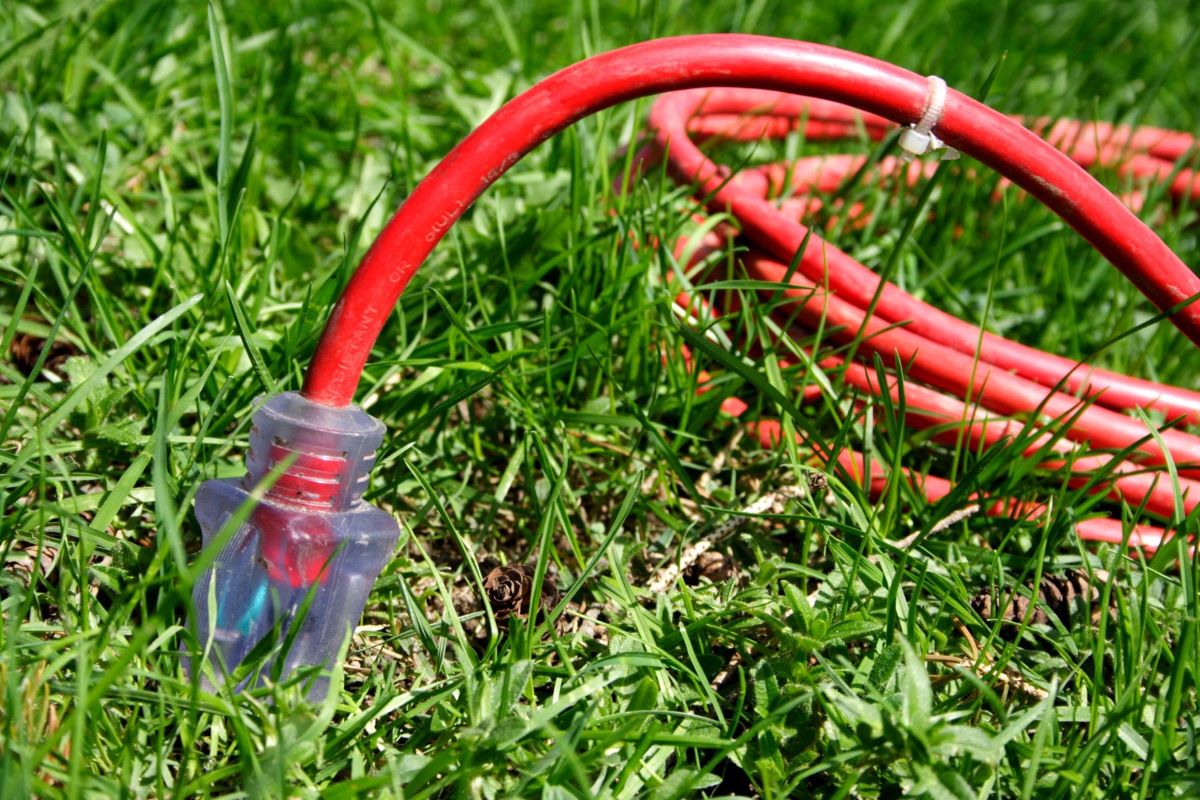
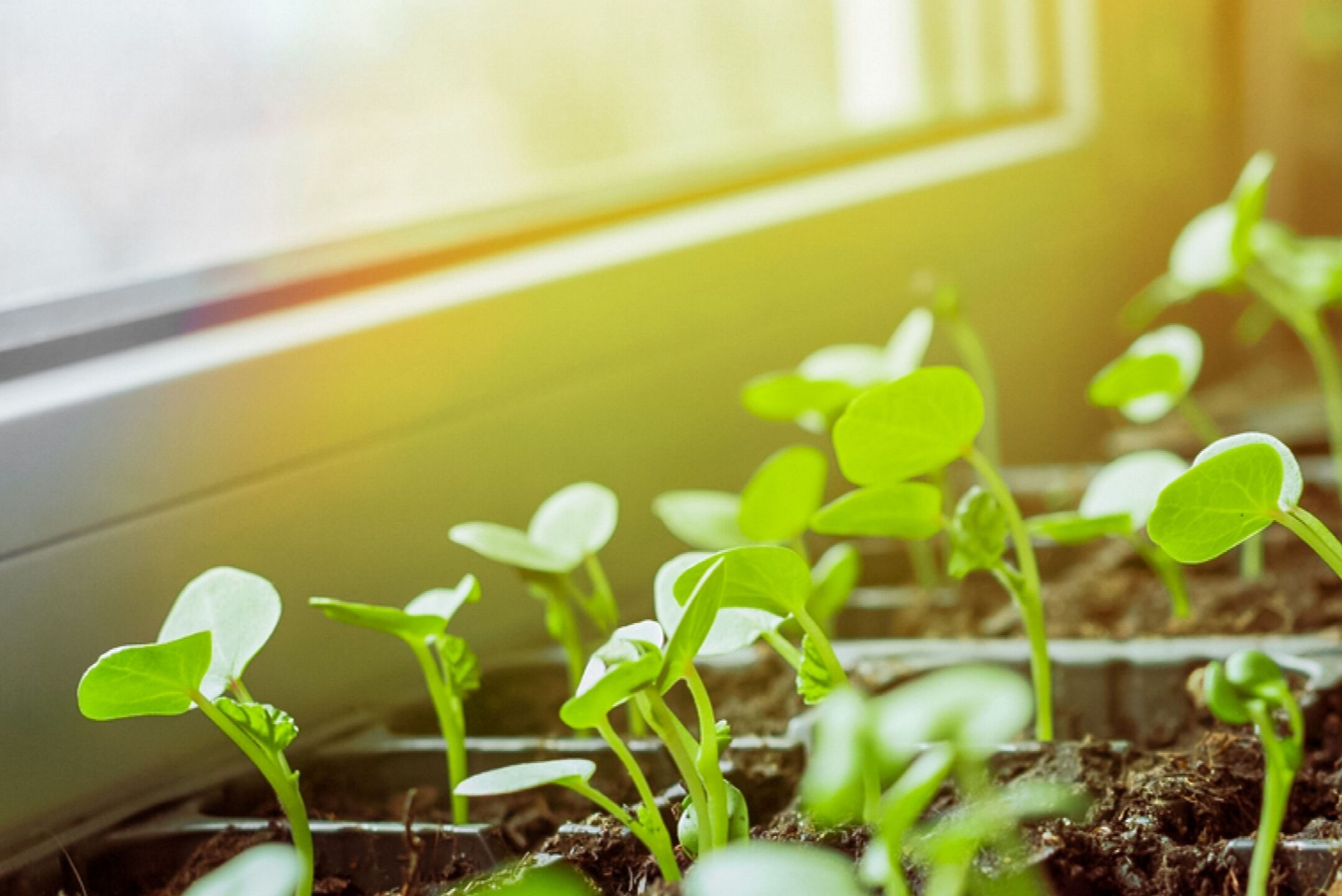

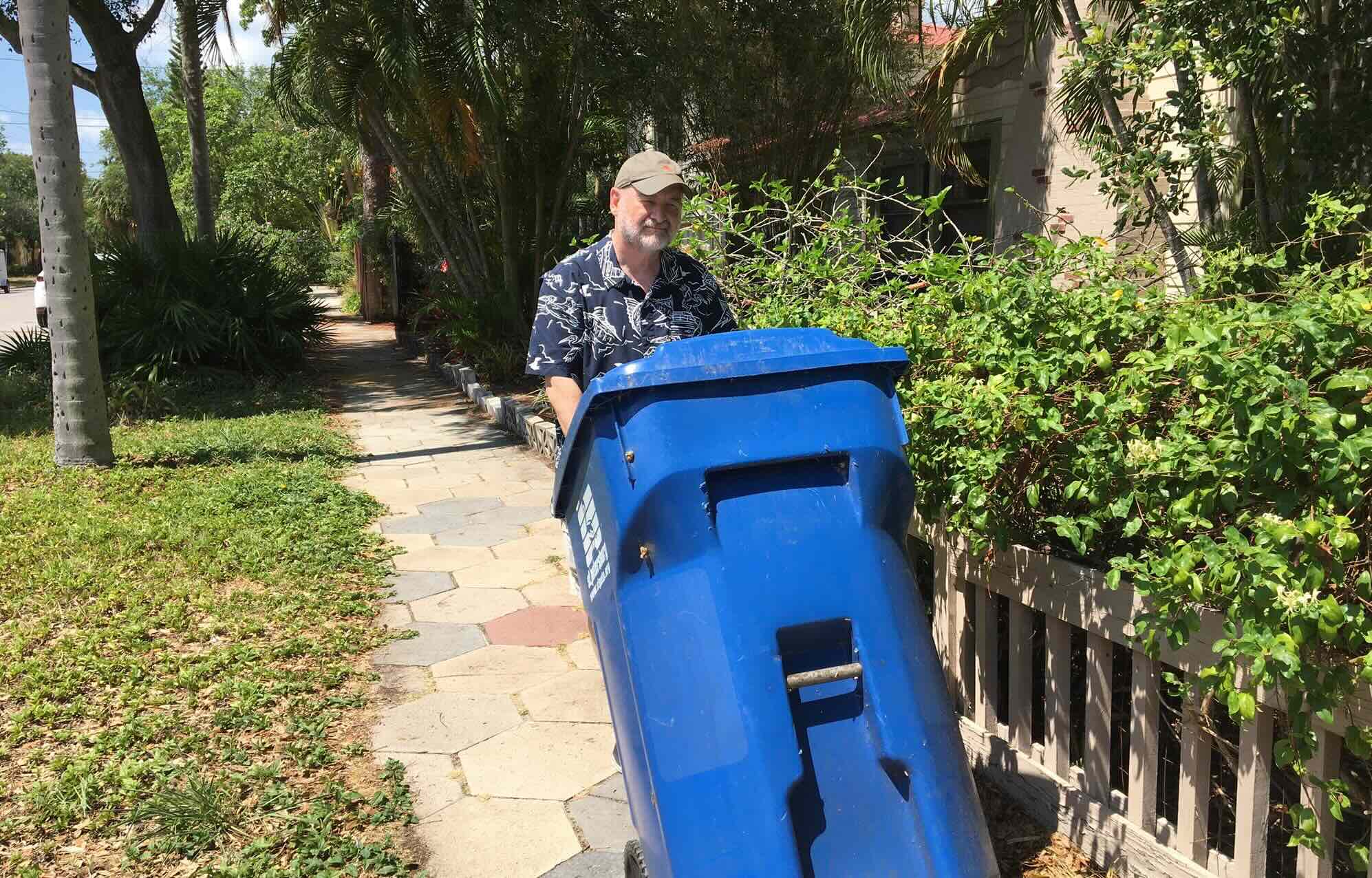
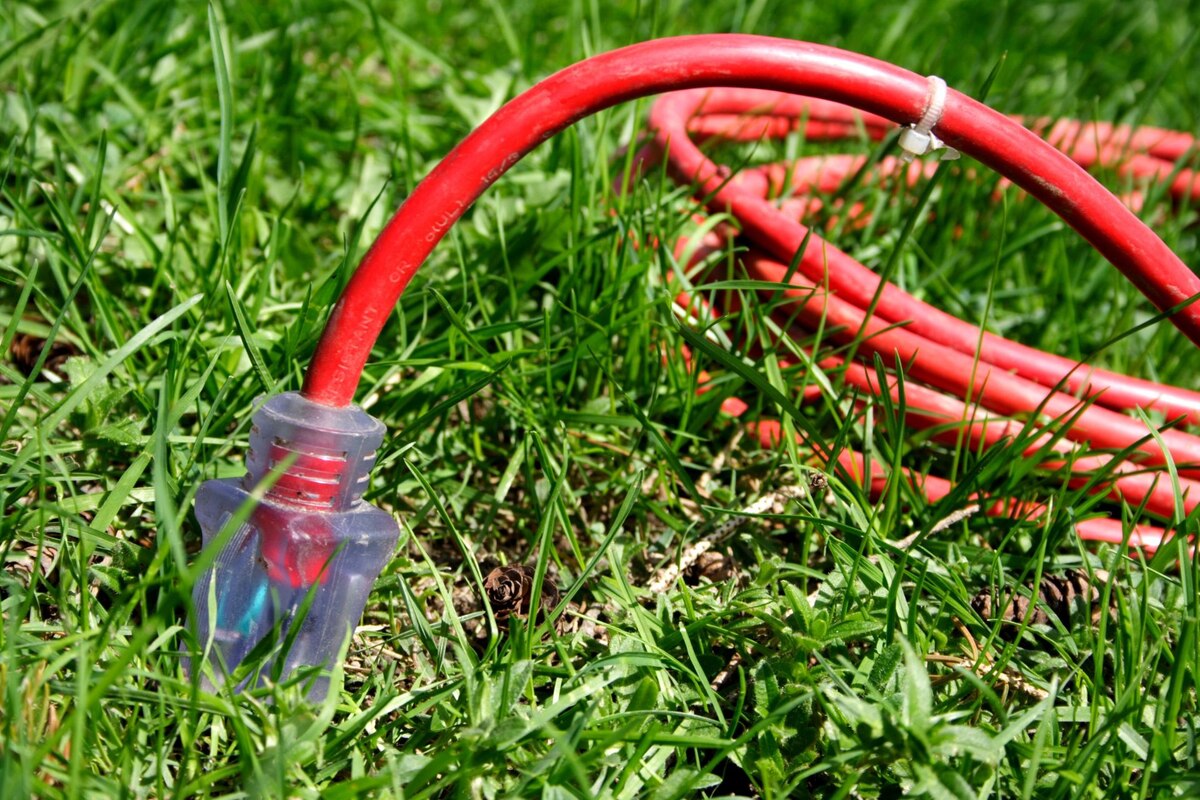
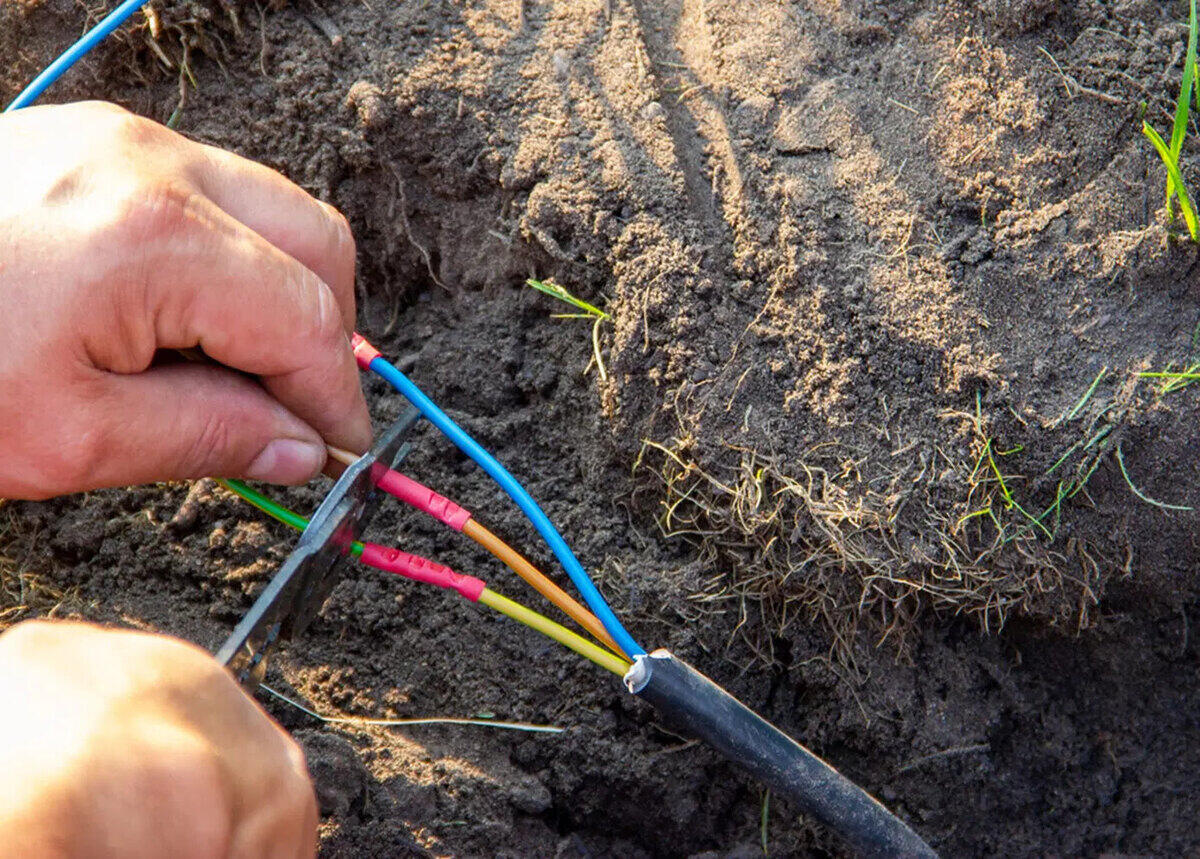

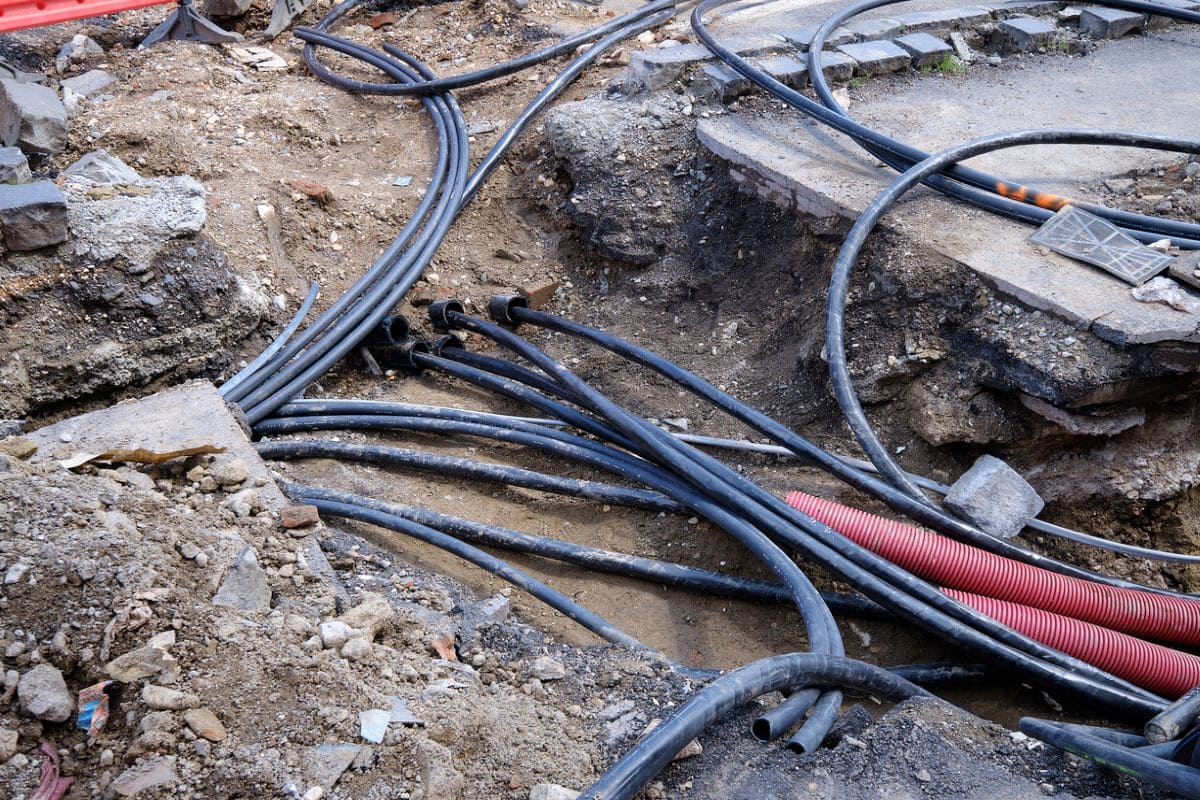
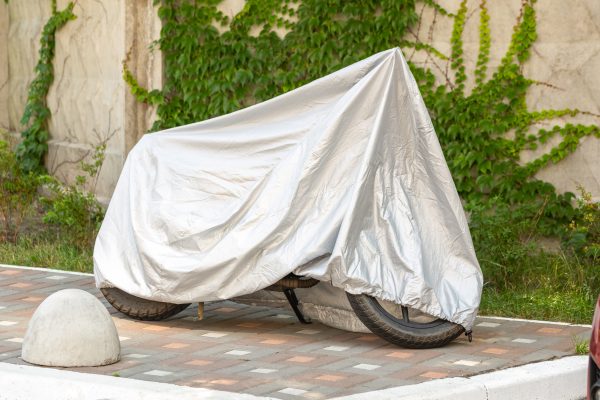
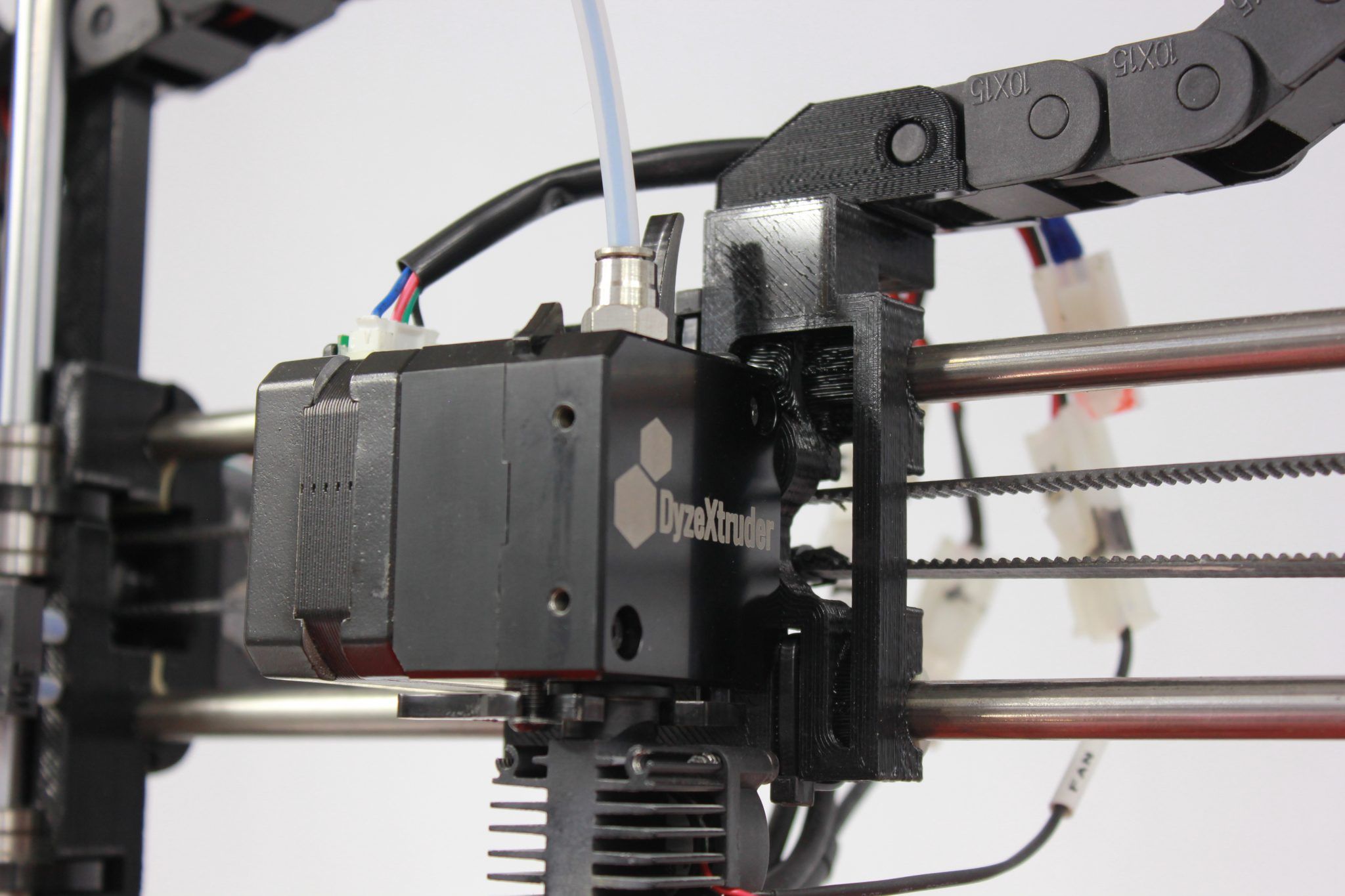
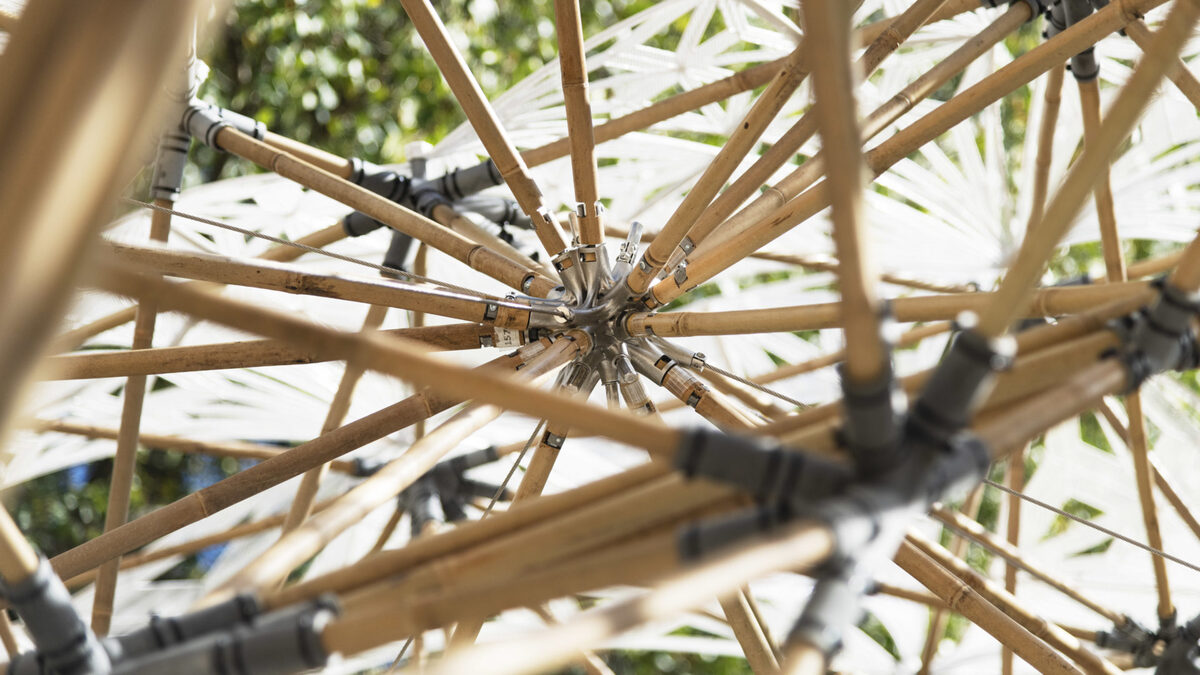

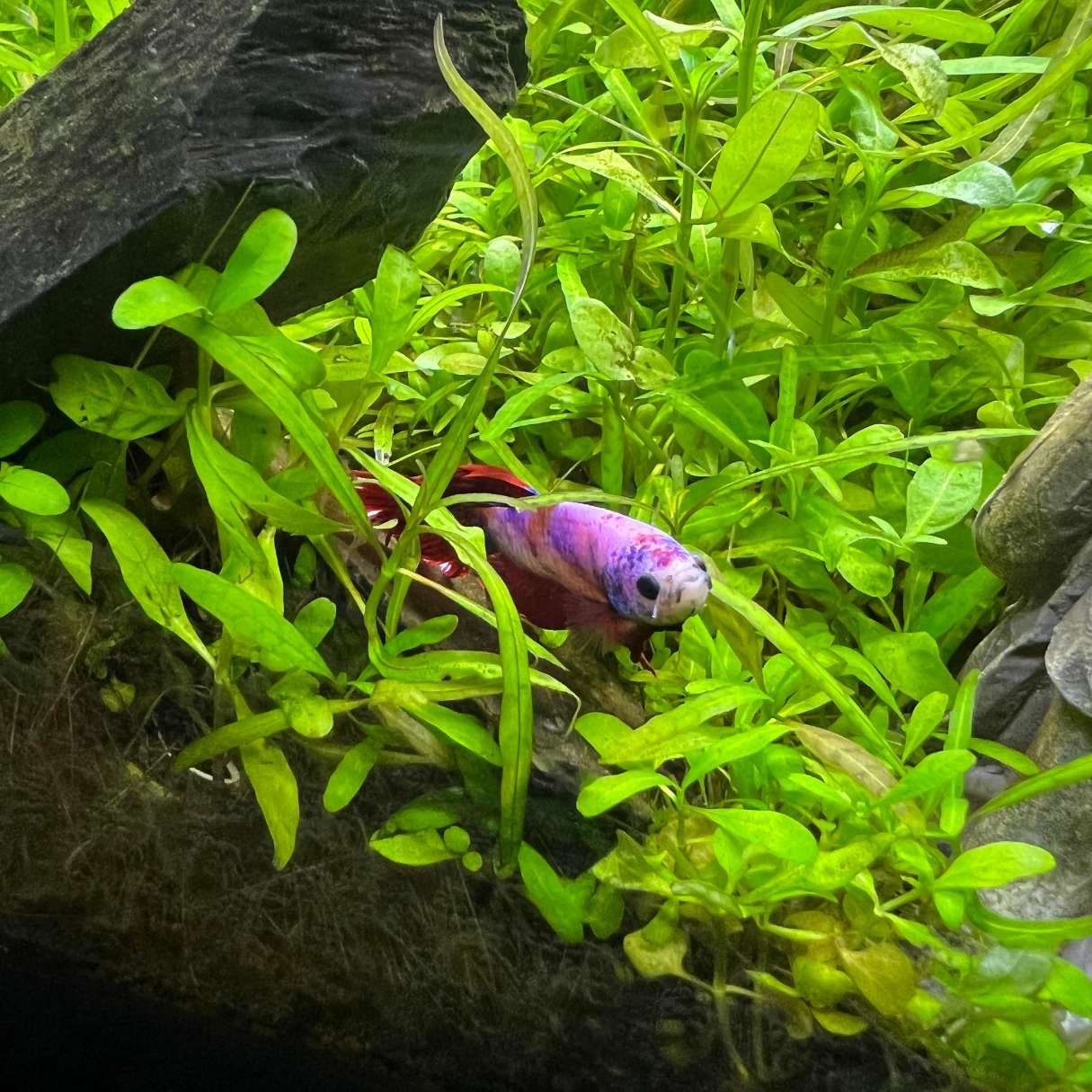

0 thoughts on “What Legume Actually Buries Its Seeds?”